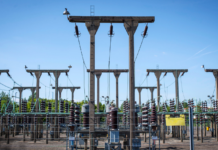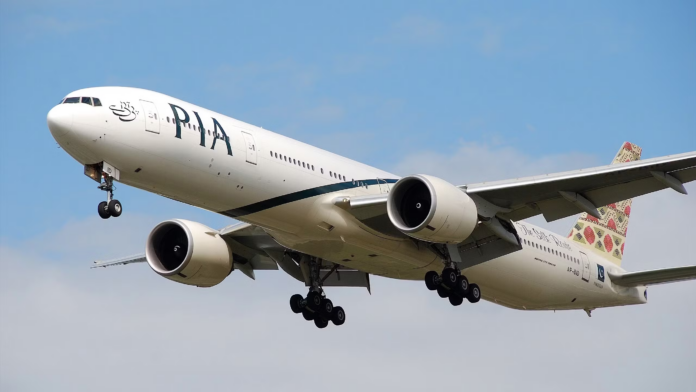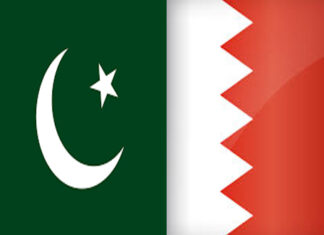Islamabad: The government of Pakistan on Thursday relaunched the privatisation process of its national carrier, Pakistan International Airlines (PIA), marking a renewed push to divest a controlling stake in the airline after a failed attempt last year. The Privatisation Commission has now invited fresh expressions of interest (EOIs) from domestic and international investors to acquire a majority stake—between 51% and 100%—in the restructured carrier.
According to a public advertisement, EOIs must be submitted by 4:00 pm on Tuesday, June 3, 2025, along with a non-refundable processing fee of $5,000 or Rs1.4 million. For consortia, only one member is required to pay the fee. Eligible bidders include companies, firms, bodies corporate, or other legal entities, either individually or as part of a group.
The revival of the privatisation effort comes amid growing pressure to reform and shed loss-making state-owned enterprises (SOEs) under Pakistan’s ongoing $7 billion loan programme with the International Monetary Fund (IMF). The restructuring and sale of PIA is a key pillar in the IMF-mandated plan to improve fiscal discipline and cut wasteful expenditures.
The previous privatisation attempt in 2024 collapsed after the government received a single offer from the Blue World City consortium, which proposed Rs10 billion for a 60% stake—a bid drastically below the Privatisation Commission’s benchmark valuation of Rs85.03 billion. The offer was rejected, and the bidding process was terminated amid concerns about transparency, valuation gaps, and investor confidence.
In the aftermath, the government shifted gears, focusing on an ambitious corporate overhaul to make PIA a more attractive investment. In a major development, the Securities and Exchange Commission of Pakistan (SECP) sanctioned a scheme of arrangement (SOA) on May 3, 2024, under which PIA was split into two entities: PIA and PIA Holding Company Limited (PIA Holdco).
Under the SOA, the core airline business—comprising passenger services, ground handling, cargo, engineering, flight training, and catering—was retained in PIA. Meanwhile, non-core assets and legacy liabilities, including old debt and non-operational property, were transferred to PIA Holdco, which now serves as the parent entity. As a result, PIA became a wholly-owned subsidiary of PIA Holdco, with the latter now listed on the stock exchange.
The structural revamp is already yielding results. PIA reported its first annual profit in over two decades, posting net earnings of Rs26.2 billion for the year 2024, along with an operational profit of Rs9.3 billion. The last time the national airline closed a year in the black was in 2003, following which it recorded consistent losses driven by mismanagement, political interference, and mounting debts.
Operationally, the airline has stabilised. In the most recent financial year, PIA flew approximately 4 million passengers across 30 destinations, operating an average of 268 flights per week. It remains a full-service airline, with services supported by its ancillary arms including ground handling, flight training, cargo operations, engineering, and an in-house flight kitchen.
The Privatisation Commission Board has already approved revised pre-qualification criteria, aimed at screening out speculative bids and ensuring only financially sound and technically capable parties are shortlisted.
The government’s intent is clear: complete the transaction within 2025 to deliver on its fiscal reform commitments, reduce the burden of loss-making enterprises, and finally close the chapter on a privatisation saga that has dragged on for nearly two decades.
























